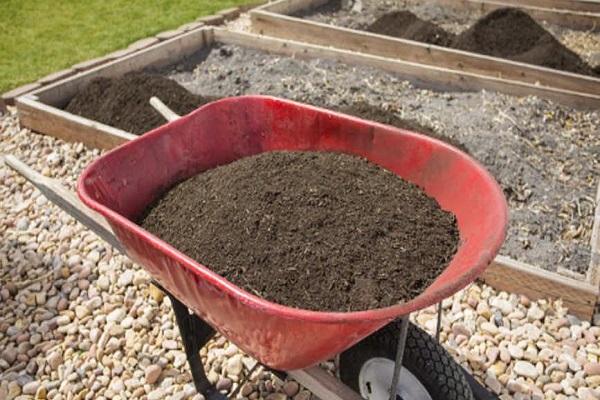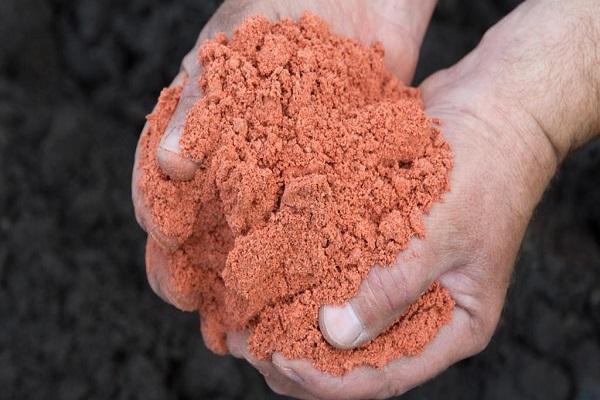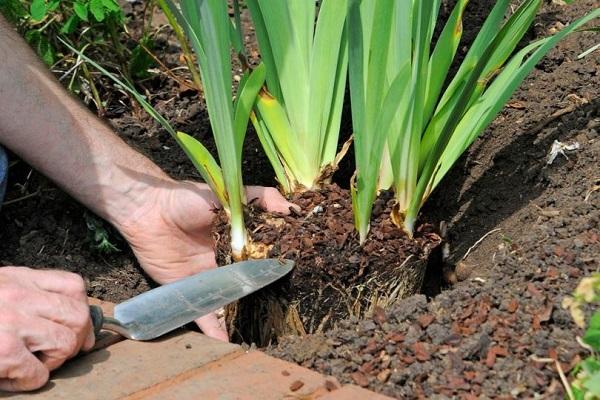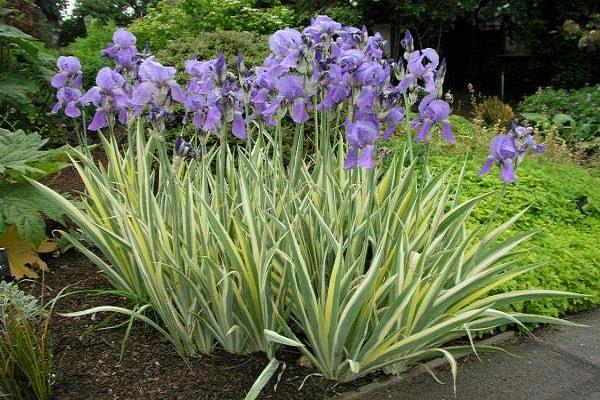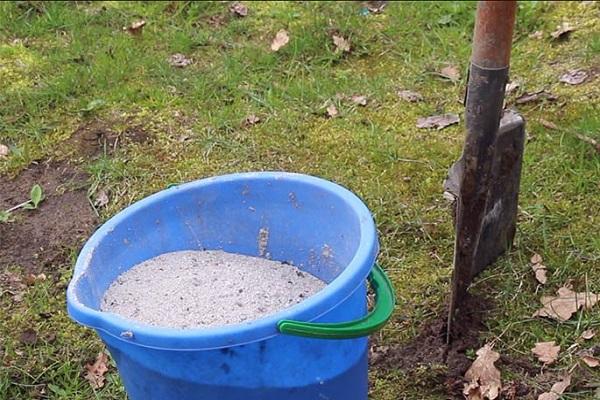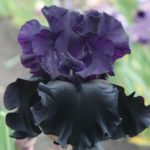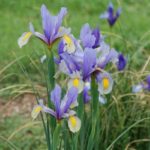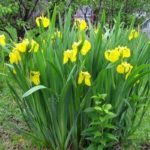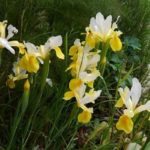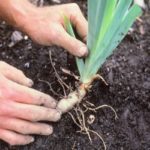Irises are flowers that are found everywhere. Thanks to this feature, it seems that the composition of the soil is not important for them to grow. “Orcas” and “cockerels”, as they are often called by people, need feeding. Every gardener who grows irises should know what to fertilize them with, how to do it and when is the best time to carry out the procedure.
Soil requirements
A planted young plant can “live” in one place for up to 5 years. After this, the irises gradually fade.Lack of fertilizer affects their appearance and growth.
Iris prefers non-acidic and loose soils. It can be loam, sand or sandy loam. The culture pleases with abundant flowering on any soil if nutrients are regularly added to it. Peat or sand is added to clayey soil, and acidic soil is saturated with wood ash, chalk or lime.
Types of fertilizers for irises
Inexperienced gardeners do not deal with this issue, because they believe that all substances must be purchased in specialized stores, but this is not so. The components of high-quality fertilizer can be found on your own plot. They are also made at home.
Wood ash
It is an organic substance that supports the normal development of the root system. It contains phosphorus, potassium, as well as a whole complex of micronutrients. Wood ash acts as food that feeds microorganisms that improve soil characteristics.
Compost
The fertilizer has a loose consistency, which improves the air permeability of the soil. Compost is a complex of nutrients. It also contains humus.
Compost from two or three years ago is used as fertilizer for irises.
Humus
After adding humus, there is no need to fertilize irises for 2-3 years. In order for the substance to have a positive effect, it is recommended to take a rotted mass that has lain for at least 1.5 years. Before applying, the humus is diluted with water. The plant is watered with liquid immediately without infusion. When fertilizing, it is important not to oversaturate the soil, so all the liquid should be absorbed.
Mineral fertilizers
Both single-component and complex fertilizers are suitable.The basis of the former may be phosphorus or potassium. Mineral mixtures are also well absorbed by irises.
Timing for feeding irises
Fertilizers are applied at certain times of the year and depend on the stage of development at which the plant is located. There is a time when irises quickly absorb mineral fertilizers. There is also a certain period when you can add organic matter.
How to feed irises in early spring
Fertilizing at this time of year is an important step in flower care. Early spring fertilizing promotes rapid growth of the vegetative part of the crop. At this time, the soil is saturated with potassium and nitrogen. In spring, irises are fed with mineral fertilizers. Potassium salt and ammonium nitrate will saturate the plant with everything necessary for the normal development of above-ground and underground parts.
How to fertilize irises before flowering
During the growing season, the plant experiences 2 waves of growth. As a result, it will need to be re-supplied with nutrients. If you correctly calculate the moment of fertilizing, the gardener will be able to achieve maximum effect.
In the budding phase and the beginning of flowering, the first wave of growth is noted. As a rule, the beginning occurs at the end of May and continues until mid-June. Fertilizing with nitrogen-potassium mixtures carried out at the time of growth affects the quantity and quality of buds. There are many more of them, and they also increase in size.
Feeding during flowering
If the irises are in a state of active flowering, fertilization is stopped. Flowers require minimal care, which consists of regular watering. After the top layer has dried, the soil is moistened and then loosened.
In regions with arid climates, the number of waterings does not exceed two times - in the morning and in the evening.To ensure that the appearance remains attractive, faded flowers and dry leaves are removed. The last procedure is no less useful than the others.
Features of feeding after flowering
If a plant does not form flowers, this does not mean that it does not need feeding. It is also useful to fertilize irises in the fall. Main nuances:
- Feeding in the autumn is a way to replenish the supply of nutrients that were used up during the growth and development of the plant. This will protect the crop and serve as a good basis for budding next season.
- Fertilizer application begins a month after flowering ends.
- Mixtures based on phosphorus and potassium are used as fertilizers.
The feeding procedure is carried out in the fall before the onset of cold weather. Dry weather is considered the most favorable. Fertilizing is done in the morning or evening, regardless of watering.
After fertilizing, additional care is carried out in the form of shallow loosening of the soil. This facilitates the rapid penetration of substances deep into the earth.
Rules for fertilizing
Every person should know them in order for fertilizing to be successful and give the desired result:
- The application technique varies depending on the type of fertilizer.
- Fertilizers are used in dry and liquid form.
- When laying dry fertilizers, much attention is paid to the root system of flowers. Bearded varieties are characterized by a close arrangement of roots on the soil surface. If you touch them, the plant may not survive the winter.
- Dry substances are also filled with water, after which the liquid is used to water the plants.
The growth and development of irises depends on the quality of compliance with the given rules.
Common mistakes gardeners make
Flower growers are destroying iris plantings and don’t even think about the reason. Less experienced ones use fresh compost and manure as fertilizer.The latter contains a lot of free ammonia. It promotes the growth of irises before winter frosts. As a result, young shoots die from the cold.

